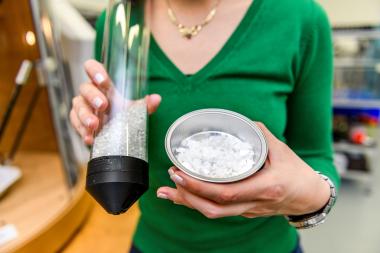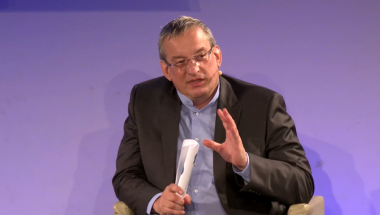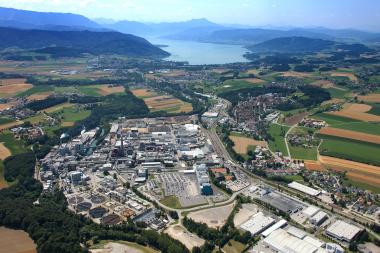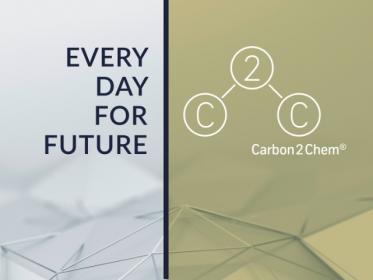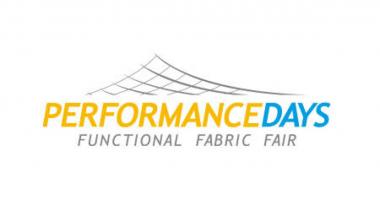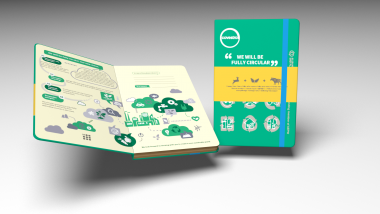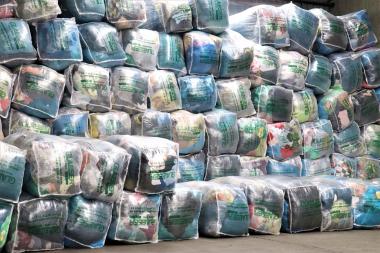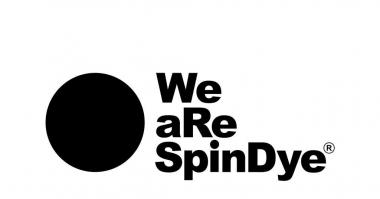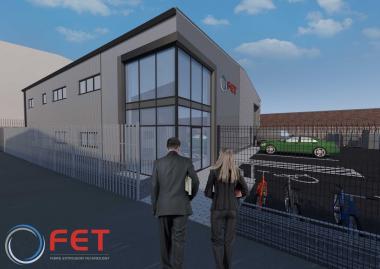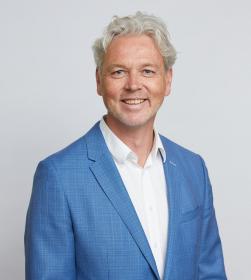EURATEX and IAF conventions take place from 7 to 9 November 2021
From 7 to 9 November 2021, the world of apparel and textiles will meet in Antwerp, Belgium, for a double convention: the 36th World Fashion Convention on 7-8 November, hosted by IAF, and the 9th European Textiles and Apparel Convention on 8-9 November, hosted by EURATEX.
Delegates can choose to register for the IAF’s 36th World Fashion Convention, for EURATEX’s 9th European Textiles and Apparel Convention or for a combination of both, which the organisers of course recommend. The IAF Convention, carrying the theme ‘Transition of the Global Fashion System’ focusses on global industry developments whereas the EURATEX convention, themed “A new paradigm for the European Textiles and Clothing Industry”, has a strong European focus. Therefore, the two conventions are perfectly complementary.
The Antwerp Convention will be the first ‘live’ meeting for the industry in nearly two years’ time. That’s why the convention will combine knowledge with social events, notably the IAF and EURATEX joint networking dinner on 8 November in the Antwerp Fashion Museum.
Previous speakers at the EURATEX and IAF conventions came from PVH, Hugo Boss, Zegna, as well as European Commission, McKinsey, OECD, and London College of Fashion. About 150 delegates at each event, from over 20 countries are expected.
For more information click here.
EURATEX









